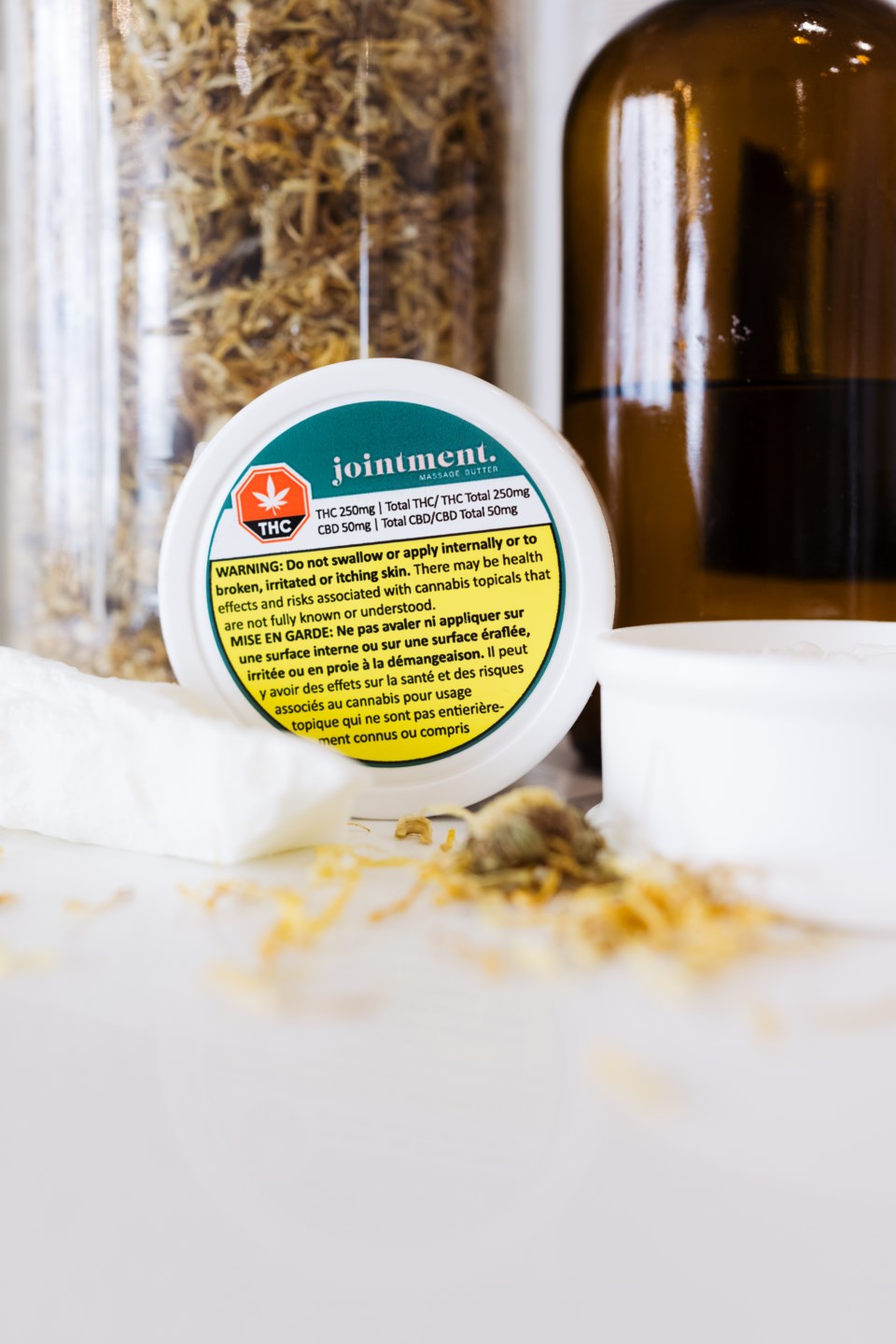Oct. 17 marked the fifth anniversary of the legalization of cannabis in Canada, and for residents in Cochrane, a local dispensary assures Kush, Ganja, Za, or whatever you want to call it is here to stay.
The Cannabis Act came into effect on Oct. 17, 2018, which legalized and regulates the production, distribution, sale, import, export, and possession of cannabis for adults of legal age.
During its first year of legalization, products were limited to fresh and dried cannabis, alongside cannabis oil, seeds and plants. Later on in 2019, a wider array of products including extracts, edibles, and topicals became available for sale.
According to information from Stats Can, annual sales of Cannabis in 2022 totaled $4.5 billion. Additionally, by the first half of 2023, more than 70 per cent of cannabis consumed across Canada was from legal sources, which is a 22 per cent increase from the first quarter of 2018 when legalization started.
General manager for Cochrane’s In N Out Cannabis Discounter, said business has been good to them and green from both ends of the community are going both ways.
Malley said there are a few things that consumers are hoping to see change.
“I get tons of people asking for high dose edibles that Health Canada hasn’t changed yet, [because] we are still at that 10mg base,” he said.
Five years later since legalization, Malley said the trend in both Cochrane and Alberta has shifted more to high-THC consumption.
“There’s not a lot of strains and products out here that are low or mid-THC range, it seems a lot of consumers are going towards high-THC,” he said.
Five years into pot legalization, players from across St. Albert’s cannabis industry agree that regulation has made dealing in weed less profitable than first imagined, and some of the buzz at the outset of legalization has failed to generate much of a high.
However, they say that they’re still optimistic about where the industry could go in the future.
Otis Quinn has worked on the retail side of the cannabis industry since the start of legalization. Currently, he works at The Wanted Leaf, one of only two stores in St. Albert that don’t belong to a franchise or have locations outside of the city.
He’s noticed that rules around how much cannabis a customer can buy at one time and limitations on the THC concentrations available for edibles have driven away some demand for legal pot.
“It just feels like we’re five years in and still playing it a little too safe,” he said.
Quinn said he has seen many shops come and go as franchises such as Canna Cabana and Plantlife replace smaller independent shops. Currently, St. Albert has 13 cannabis stores.
“It's kind of sad watching a number of the stores close down, but if the total product price comes down then I'm for it,” he said.
Erin Cassidy runs St. Albert-based Lit Up Cannabis Creative, a marketing agency specifically for cannabis products.
The gig comes with a unique set of challenges, according to Cassidy, who has worked in marketing for 20 years.
Packaging for products is limited to certain colours, and design flourishes such as holograms are prohibited. Producers can’t advertise cannabis through traditional channels such as Google search ads or newspapers. Instead, they must rely on alternatives like user-generated content, in which content creators on sites like YouTube review products, Cassidy said.
“Every cannabis brand’s story seems to be the same; there’s not a lot of budget to go around,” Cassidy said. “So it’s just about getting creative…. The beautiful thing is how supportive people are.”
Cassidy said that she hopes policymakers consider revising some of the regulations around cannabis by looking to markets in the US.
“If there was room to revise those regulations so that when a consumer walks into a cannabis store they can be met with incredible product branding and great packaging that supports brand recognition — it would be amazing for brands, consumers and our investors.”
Dale Nally, Minister of Service Alberta and Red Tape Reduction and MLA for St. Albert - Morinville, said the problems with Alberta’s cannabis industry come down to “five years of bad policy at all levels of government.”
“We’ve seen producers like Aurora that have left the province … and some others that have closed up shop,” he said. “It's becoming obvious to us that the best thing that we can do for the cannabis industry is to get out of their way.”
Meeting with cannabis industry members, Nally said the message is clear: producers and retailers want their product treated more like liquor. “We continue to treat them … as if we’re still in a period of prohibition,” Nally said.
He pointed to actions he has already taken to improve regulation, such as reducing shipping fees for retailers and reducing listing fees for licensed producers.
But he expects it will take time for Health Canada to change rules around the THC concentration limit per package of edibles.
“Anybody who enjoys cannabis will tell you that 10 milligrams of THC just isn’t enough,” he said. “[It] is a significant roadblock to the industry being successful.”
He added that over-taxation is harming the industry.
“We are looking at everything and we're not going to leave any stone unturned. If it's a case of overregulation or duplication of regulation, or even unnecessary regulation, we're going to get rid of it and provide some relief to the industry.”
Cannabis became legal in Canada on Oct. 17, 2018.
~with files from Daniel Gonzales



